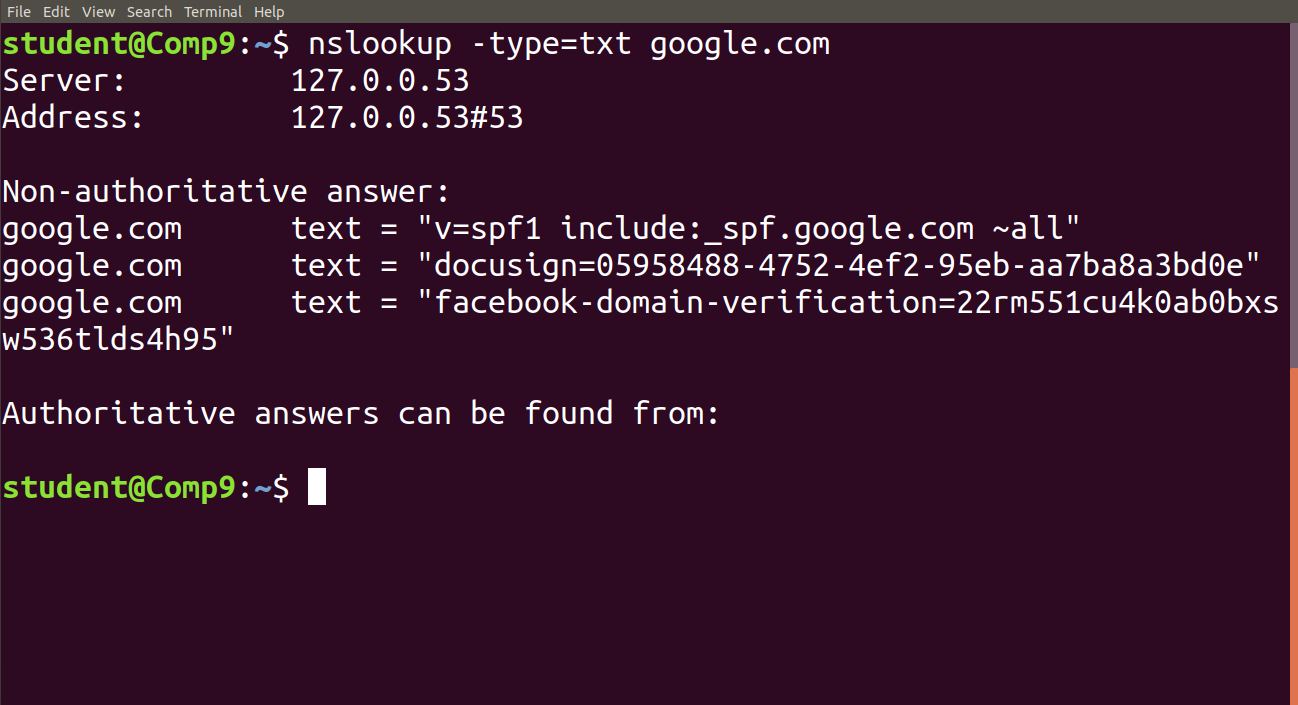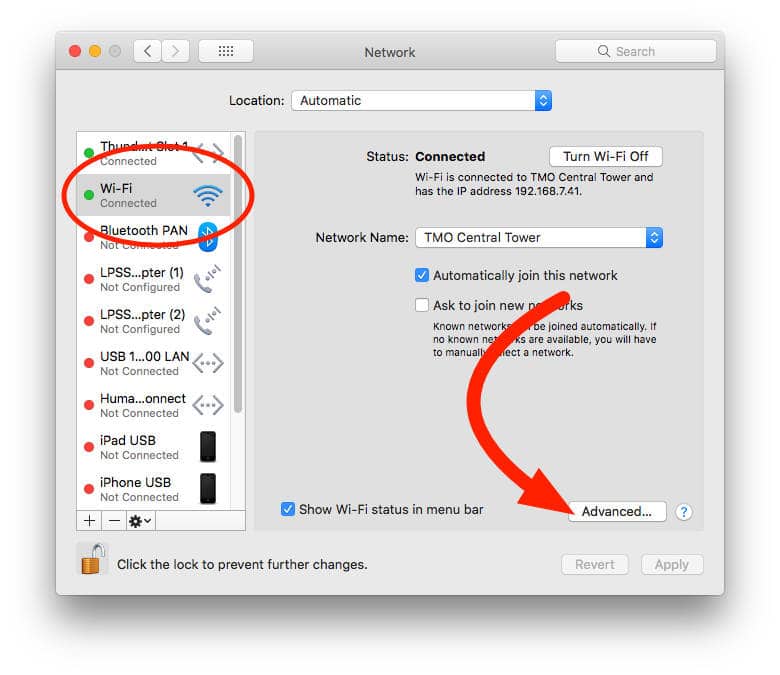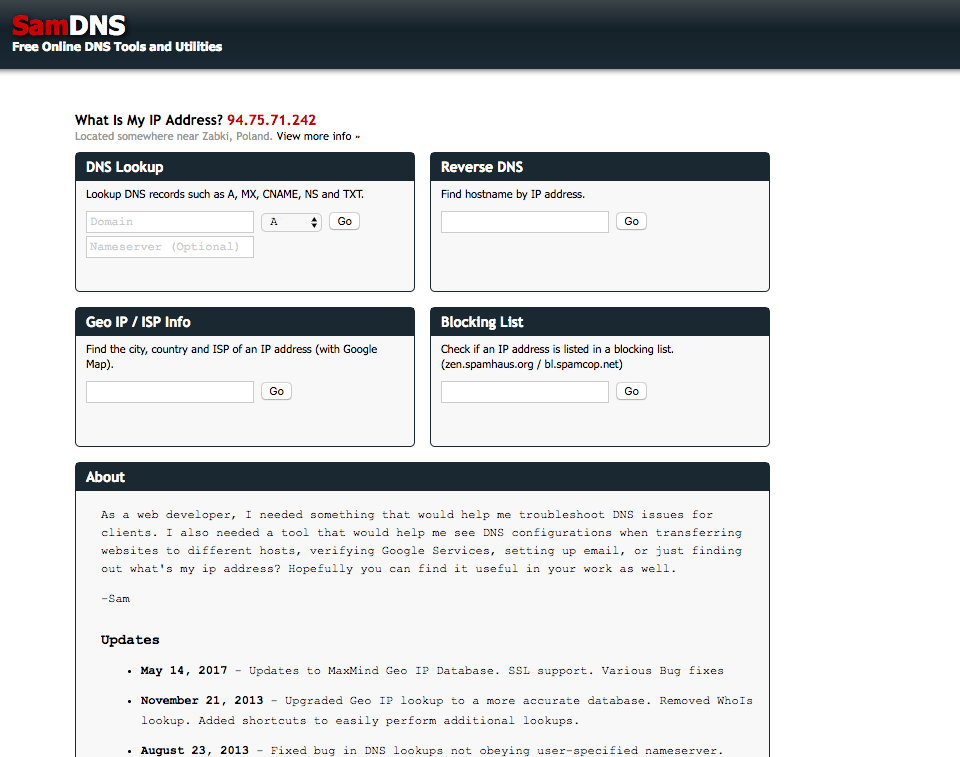Dns Checking Tool For Mac
Here, I gonna share you some of the best DNS benchmarking tools for testing. Best DNS Benchmarking Tools 1. DNS Jumper DNS Jumper helps to find the DNS servers very fastly and efficiently. The good thing about this tool is lightweight and portable. In this small tool, there are so many software’s are added which helps to find the DNS Servers. Network tools provide network related services, and these services may include checking open ports, i.e. TCP & UDP ports scanning and MAC address lookup, i.e. Checking vendors of any device using it's MAC address or an ASN lookup which tells you complete info about any ASN number, and many more tools regarding networking and networking parameters. A domain controller and all members should have the static address of DC listed for DNS and no others such as router or public DNS So I'd remove the 4.2.2.2 address from various servers connection properties. MAC Address Lookup MAC Lookup Tool provides you information about any MAC Address of a networking card installed into your computer or any other device. MAC Address can be located on networking card box or through the operating system after it installs in computer. First you can check the DNS settings in your system to see if the servers your computer is using are part of the rogue DNS network. On Mac systems open the Network system preferences and for each.
In this tutorial, you’re going to learn how to use the Nslookup command to check DNS records.
You’ll also learn how Nslookup can be used to troubleshoot DNS issues. I walk through the exact steps and provide several Nslookup examples.
And in this post, I’ll show you my tips for troubleshooting DNS.
Let’s get started!
Topics in this tutorial
How DNS Works
Why you must learn the nslookup command
Nslookup Syntax
Nslookup Examples
DNS Troubleshooting Tips
How DNS works
Understanding how DNS works will help you troubleshoot DNS issues faster. It will help you identify if its a client, a local DNS issue or another DNS server (forwarding server or ISP).
Computer and other network devices communicate by IP address. It would be hard to remember the IP address of every website or resource you access, words are easier to remember. DNS will take the easy to remember name and map it to the IP address so devices can communicate.
Below I walk through how a computer uses DNS to resolve names.
1. User types in google.com into their browser. This will send a query to the DNS server to go fetch the IP address for google.com
2. The DNS server that the client uses may not know the IP address. This can be your local Active Directory DNS server or your ISP DNS server. If it doesn’t know the IP address of the domain it will forward it on to the next DNS server.
3. The next DNS server says it knows the IP address and sends the request back to the computer.
4. The computer is then able to communicate to google.com.
DNS uses resource records to provide details about systems on a network. The above example used an A resource record which maps a domain name to an IP address.
In the examples below I will show you how to query different resource records.
RECOMMENDED: SOLARWINDS IP ADDRESS TRACKER (FREE TOOL)
Scan, detect and easily manage IP addresses with the Free IP address tracker by SolarWinds. By using this FREE tool you can save time by eliminating the need to manually track IP address information.
In addition, it helps to detect IP conflicts on your subnet. Download your FREE copy of IP Address Tracker.
Why you must learn the Nslookup command line tool
When DNS is not working devices cannot communicate. You will be unable to browse to websites, send email, chat online, stream videos and so on.
If you have a local DNS server issue then your employees can’t work and business is impacted.
You need a way to quickly troubleshoot and resolve these issues.
That is why it’s important to know how to use the Nslookup command.
This command is built into all windows operating systems, it’s free and easy to use.
If you are a system or network administrator it’s very important that you know how to quickly resolve DNS related issues.
NSLookup Syntax
To view the syntax just type nslookup hit enter then type ? Sherrils excellent adventures.
Here is a screenshot
There is a lot of options but in most cases, you will only need a few of them to verify DNS records. The most useful command switches are set type, server and debug. I’ll show you the most commonly used commands below.
Nslookup Examples
In each example, I show you the commands then a screenshot with the results.
PTR Record Lookup (IP to Domain Name)
Use this command if you know the IP address and what to find the domain name.
A Record Lookup (Domain to IP Address)
If you want to find the IP address of a domain name then use this command: Cyanogenmod 7.2 htc wildfire s download.
MX Lookup
An mx record lookup will find mail server that is responsible for accepting email for the domain.
SOA Record Lookup
The Start of Authority record indicates which DNS server is the best source of information for the domain. This will return the primary name server, responsible mail addresses, default ttl and more.
CNAME
set q=cname Syllabusmac's literature classes 2020.
Name Server
This command will return the name servers a domain is using.

type nslookup hit enter
type set q=ns hit enter
type in domain to query hit enter
Using an alternative DNS Server
This is very useful in troubleshooting. Maybe a website isn’t loading on your internal network but does when you off the network. You can use this to see if your internal DNS is returning different results than an external DNS server. You can use your ISP DNS server or google.
Using Verbose
Turning on debug will display a lot more details about the resource record such as primary name server, mail address, default TTL and much more. To turn on debug use the command below
Tips for troubleshooting DNS Problems
Here are my tips for troubleshooting DNS issues.
Step#1 Make sure you have connectivity to the DNS server?
If your client has communication issues to the DNS server then name resolution is not going to work.
To check what DNS is set on a Windows system use this command:
ipconfig /all
Now take the IP listed for the DNS server and see if the client can ping it or communicate with it.
Step #2 Are other users or devices having name resolution issues?
You need to determine how big of a problem you have. Is it just one, two or many devices that have name resolution issues?
If it’s just one then you may just have a client issue. If it’s all or many then you may have an issue with the local or upstream DNS server.
Step #3 Use NSLookup to test local server
Use NSLookup to verify the local DNS server is working correctly. Use the command to verify DNS records on local servers. If you need examples see the previous section.
Step #4 Use DCDiag to check the AD Health
If your having issues internally you will want to check the Health of your Active Directory environment. Since DNS and AD are very tightly integrated a faulty domain controller could be causing your DNS issues. See my tutorial on how to check domain controller health.
Step #5 Use NSlookup server to test forwarding DNS Server (UPstream)
If everything is resolving correctly internally but not external you can test the forwarding DNS server with the NSLookup command. This could be your ISP DNS server or the root hint servers. Use NSLookup server option followed by the forwarding DNS server IP to run queries.
Step #6 Scan for viruses and spyware
Viruses and spyware can install all kinds of nasty things on computers to redirect traffic to malicious sites. Browser hijacking is very common
Step #7 Check the client’s host file
I don’t recommend adding entries to the host file but if it contains incorrect or outdated data, you won’t be able to connect. Viruses can also modify the host file which would redirect you to malicious websites.
Step #8 Flush DNS Cache
The client’s cache could be the problem to flush the cache run this command
ipconfig /flushdns
I hope this article helped you understand the NSLookup and how it can be used to verify and troubleshoot DNS. If you liked this video or have questions leave a quick comment below.
You Might Also Like…
Recommended Tool: SolarWinds Server & Application Monitor
This utility was designed to Monitor Active Directory and other critical services like DNS & DHCP. It will quickly spot domain controller issues, prevent replication failures, track failed logon attempts and much more.
What I like best about SAM is it’s easy to use dashboard and alerting features. It also has the ability to monitor virtual machines and storage.
The DNS Records tool allows you to retrieve the domain name records for the domain name you provide.
Usage
Two versions of the tool are available. To use the basic tool, enter a domain name in the text box, then click “Go.”
When to Use It
You can use the DNS Records tool to diagnose problems with a domain name’s server(s). If your lookup of a domain name doesn’t work, you can use the tool to help find the root cause.
NsLookup
In addition to the DNS Records tool, we offer the more advanced NsLookup tool that lets you choose the DNS server to query and the type of records to request. If the DNS Records tool doesn’t indicate any problems but you’re still seeing issues, using the NsLookup to point to a different server may return helpful details.
NsLookup also lets you check to see if multiple servers are reporting consistent and up-to-date information.
A Deeper Look
The domain name system works by passing information from one server to another.

Authoritative Servers
Dns Checking Tool For Mac Free
The first server to “receive” domain name related information is the one to which the domain or its host belongs. This is the authoritative server. The authoritative server then propagates the domain’s information to the root servers and other servers around the world. This process can take up to a couple of days.
Many DNS servers will accept queries only for authoritative records, eg, requests for domains they own. If you don’t know who owns a domain name, you can query a public server for additional information.
Querying any DNS server that accepts your request will return the NS records. These will contain information about the domain’s authoritative servers. You can then repeat the query using the authoritative server to see if your results are consistent.
Dns Checking Tool For Mac Download

Root Servers
There are thirteen root DNS servers. They hold authoritative information on top-level domains using the most popular extensions like .com, .org, and .net.
They also hold the following records for nearly all domains:
- A: IPv4 address
- AAAA: IPv6 address
- NS: authoritative server for the domain’s zone.
Since the information they hold is incomplete, they’re used mostly by other DNS servers to find a domain’s authoritative servers. If information on a new or changed domain hasn’t propagated to the root servers, most clients won’t be able to locate the domain.
DNS Propagation
Propagation speed depends mainly on the records’ TTL (time to live) value. This dictates how long a DNS record will be cached on a local server (resolver). A lower value will cause the resolvers to updated more quickly.
Since domain records don’t change often, the TTL needs to be reasonably high. Typical values range from 3600 seconds (1 hour) to 86400 seconds (1 day). There may be an additional delay in making the records available on the authoritative server.
Interesting Stuff
Some facts about domain names and the domain name system over the years:
- Hostnames and domain names appeared very early in the history of the internet (ARPANET) because it is a lot easier to remember “network-tools.com” than “45.79.14.160.”
- The original idea for domain names, spelled out in RFC 811, called for one NIC Internet Hostnames Server with a Host Table. This, however, was not very scalable.
- The Domain Name System (RFC 1034) appeared in 1987. It was designed to use multiple servers and caching. Though fragile, this is (mostly) still the system that operates today.
- Occasionally, people have propagated false information through the DNS system. This is done to launch things like a denial of service attack on a server, which can shut-down large portions of the internet.
